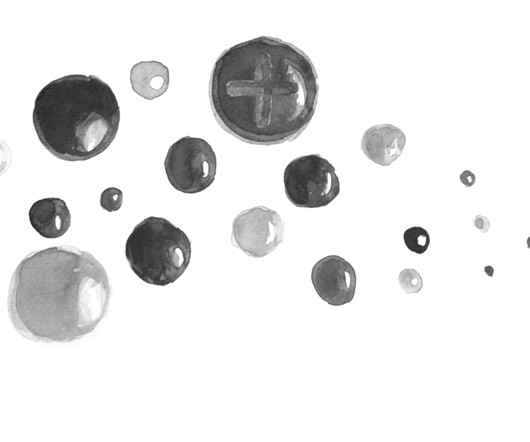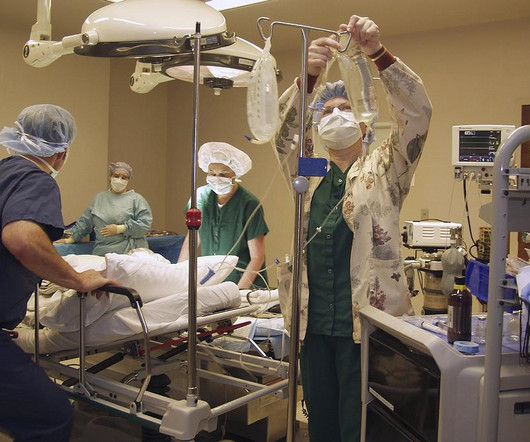Episode 4 - Acute Decompensated Heart Failure: New Strategies for Improving Outcomes
EB Medicine
APRIL 30, 2017
The podcast is based on the full-length review published in the May 2017 issue of Emergency Medicine Practice. The podcast is based on the full-length review published in the May 2017 issue of Emergency Medicine Practice.












Let's personalize your content